home consulting products & tools clients about

CONTROL SYSTEM DESIGN
(781) 454-7648
Microprocessors are EVERYWHERE !!! They are not just in
your smarphone,
but your wristwatch, your car, your thermostat, your microwave
oven....perhaps even your toothbrush. Have you been waiting to
modernize your product line with the advantages of Embedded
control?
Rockfield Research has decades of experience in the design of control systems for many applications. Let us help you make your embedded control product design easy, economical, and robust!
Rockfield Research has decades of experience in the design of control systems for many applications. Let us help you make your embedded control product design easy, economical, and robust!
____________________________________________________________________________
MICROPROCESSORS:
You can buy a full 32-bit RISC ARM7 micro with on-board flash, sram,
and peripherals....for under three dollars. Entire circuit
boards full of control logic can be replaced by less than a square inch
of computer power -- timers, serial ports, digitizers, pulse-width
modulation, USB and Ethernet interfaces, and more! Below is
our favorite -- the NXP LPC2101 ARM7 microprocessor. It is the
base of a family of related micros with many variants of peripherals,
pin counts, and memory size. 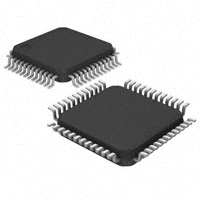
In addition to our favorite ARM7 line, Rockfield Research has extensive experience with STM32, PIC and 8051 class microprocessors for product development.
PROGRAMMABLE LOGIC: Often the finite response speed of a CPU is a showstopper for embedded control. Fault logic may require response times in nanoseconds rather than microseconds or milliseconds. Rather than revert to discrete logic gates, you can embed programmable gate arrays in your design. These have several variants:
>>> PALs (Programmed Array Logic) are first generation programmable logic, with tens of memory cells and hundreds of logic connections. These are quite simple, easy to use, but generally have fixed architecture with burnable fuses for the cell inputs (as in the schematic fragment at right).
>>> FPGAs (Field Programmable Gate Arrays) are the next step up.
These are the ULTIMATE in speed and capability, second only to a custom integrated circuit. Extremely dense cell arrays are connected by complex busses of configurable interconnections, and dedicated block structures have embedded high-speed communication peripherals, I/O ports, and often embedded CPUs right in the matrix of gates.
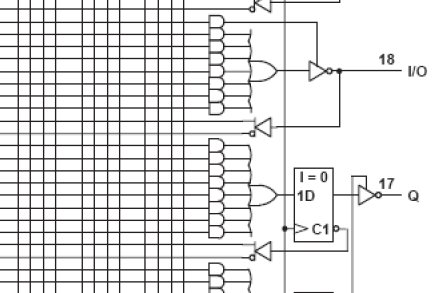
_______________________________________________________________________________________________
COMMUNICATION:
Many applications bury the embedded control as a standalone
processor. You may want to provide an external interface,
however. This might be a customer interface, or it might be
buried, and used for factory testing and/or tuning. Rockfield
Research has experience adding all of the I/O standards to control
circuits: RS-232, RS-485, USB, Ethernet, Bluetooth, as well
as
proprietary data protocols and fiber-optic isolation.
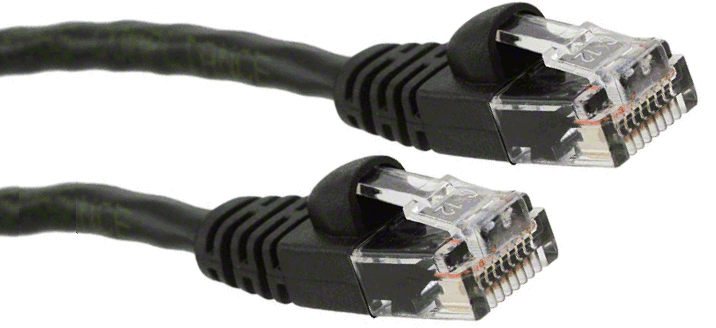
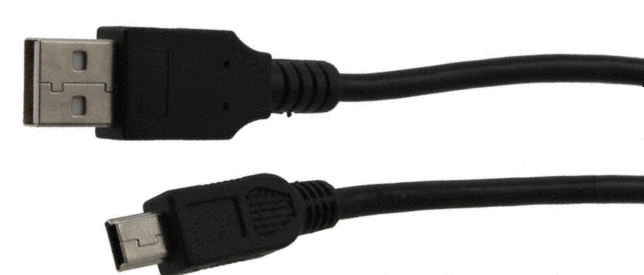


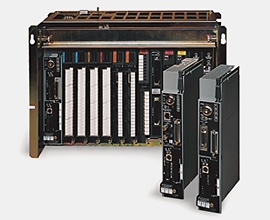
the
Allen Bradley
PLC5 system
PLC5 system
PLC: Between embedded control and standalone computing is an intermediate control architecture widely used for factory automation -- the Programmable Logic Controller (PLC). These are standalone controllers which emulate wired-relay logic connections. The entire architecture is dedicated to continuously scanning all the inputs and properly actuating the output responses, and is thus more robust than control softward layered on a conventional PC operating system (such as Windows). PLC configurations range from compact single units to distributed racks of modules tied via networking.
Do you need help evaluating whether PLC control is the right answer for your job?
We can help!